Growth stages of Sansevieria cylindrica
marlonmachado
12 years ago
Featured Answer
Comments (18)
Stush2049 Pitts. PA, zone 6
12 years agopirate_girl
12 years agoRelated Professionals
Deer Park Landscape Architects & Landscape Designers · Lakewood Landscape Architects & Landscape Designers · Rancho Palos Verdes Landscape Architects & Landscape Designers · Downey Landscape Contractors · Elkridge Landscape Contractors · Hickory Hills Landscape Contractors · Ronkonkoma Landscape Contractors · Stony Brook Landscape Contractors · Thornton Landscape Contractors · Vermilion Landscape Contractors · Wentzville Landscape Contractors · Dayton Window Contractors · Mableton Window Contractors · Mount Kisco Window Contractors · Sacramento Window Contractorsmarlonmachado
12 years agonorma_2006
12 years agoRainforestGuy
12 years agoStush2049 Pitts. PA, zone 6
12 years agosummersunlight
12 years agohijole
10 years agoStush2049 Pitts. PA, zone 6
10 years agohijole
10 years agoStush2049 Pitts. PA, zone 6
10 years agohijole
10 years agoStush2049 Pitts. PA, zone 6
10 years agonorma_2006
10 years agoStush2049 Pitts. PA, zone 6
10 years agohijole
10 years agonorma_2006
10 years ago
Related Stories

HOUSEPLANTS10 Top Plants to Grow Indoors
Brighten a room and clean the air with a houseplant that cascades artfully, stretches toward the ceiling or looks great on a wall
Full Story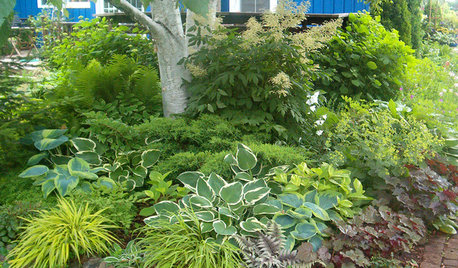
GARDENING GUIDESUnsung Garden Hero: Fantastic Foliage
For richness and beauty in the garden with less fuss than most flowers need, look to amazingly diverse foliage plants
Full StorySponsored
Columbus Area's Luxury Design Build Firm | 17x Best of Houzz Winner!
More Discussions






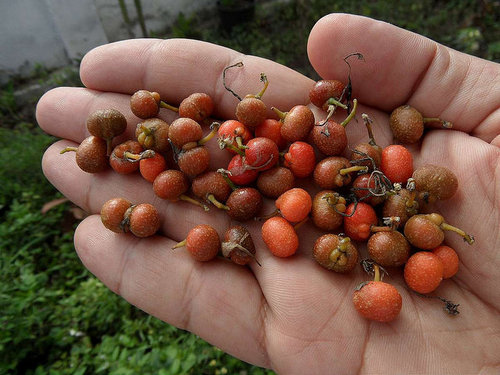

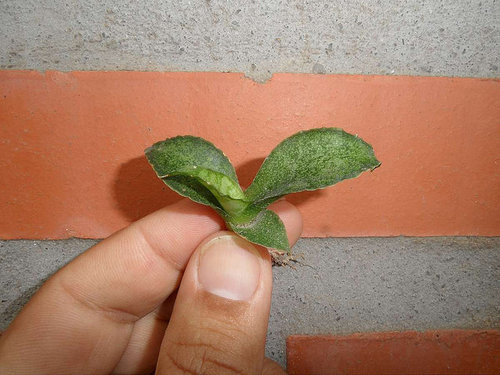

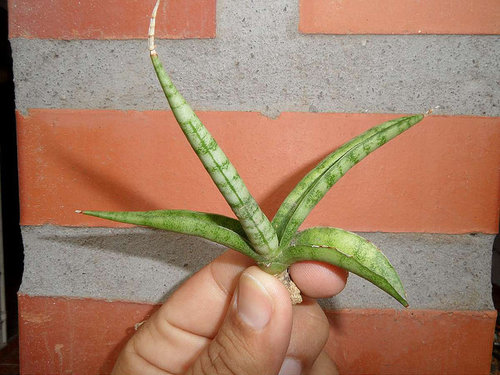
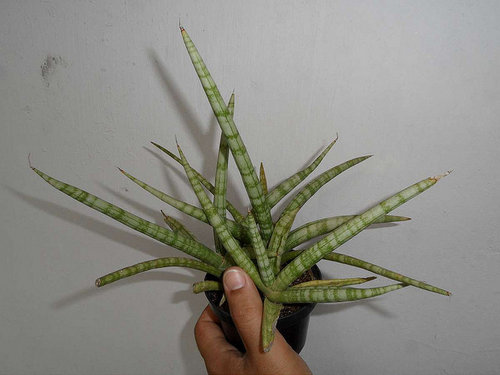

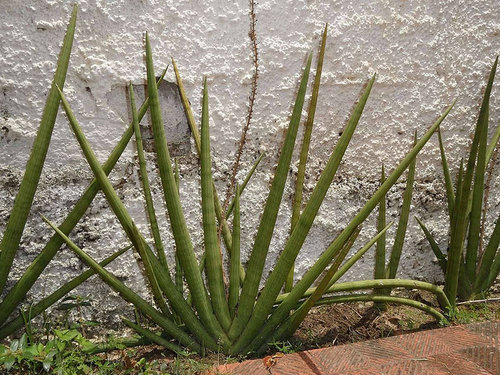
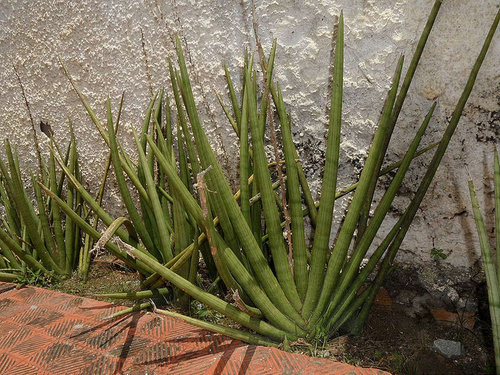

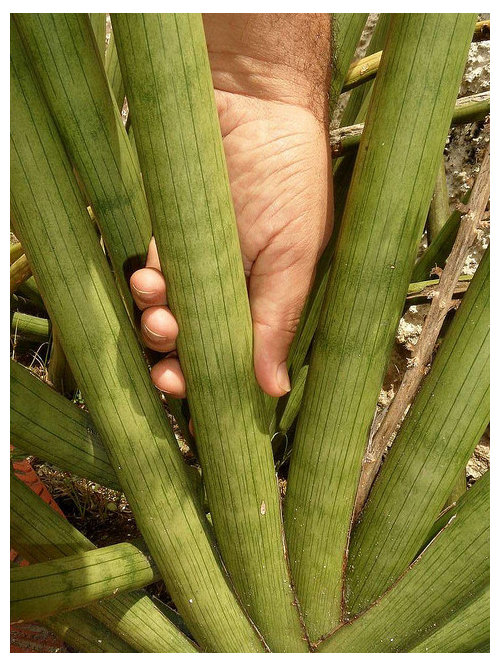

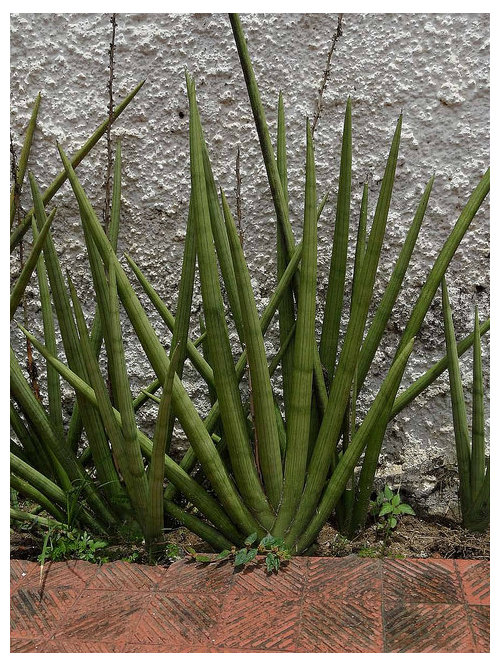
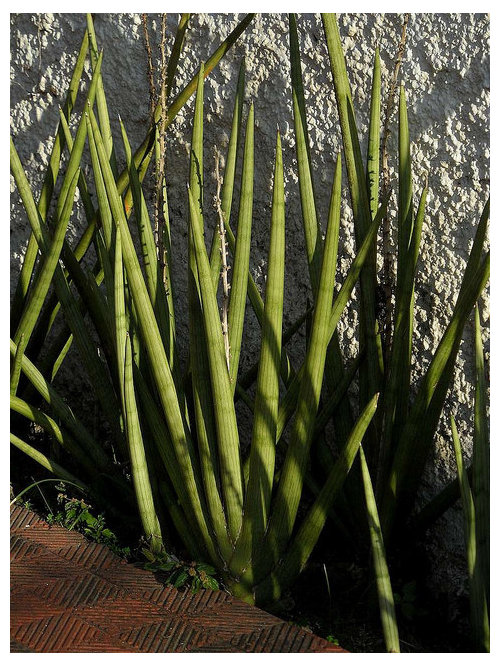

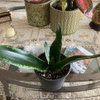

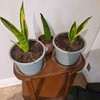
RainforestGuy